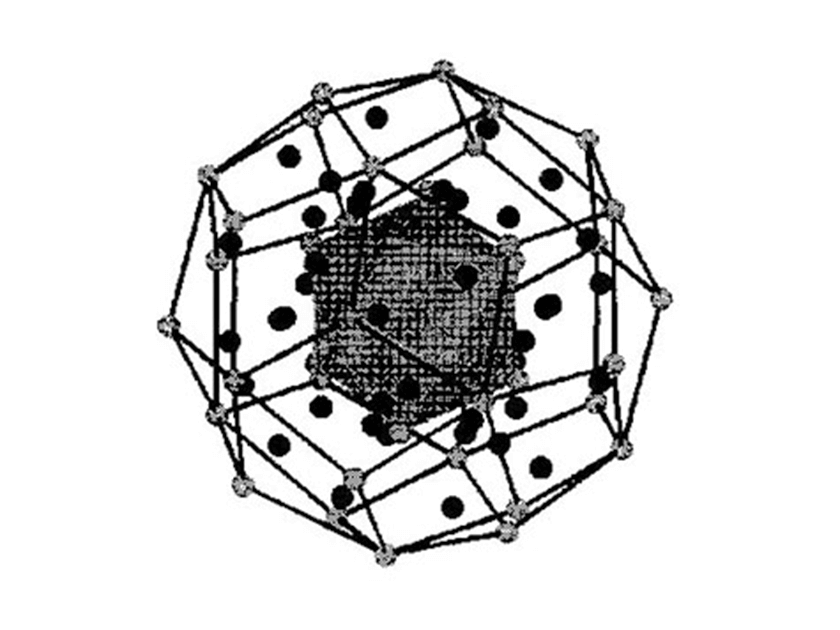Engineering Science and Mechanics
About Engineering Science and Mechanics
The aim of this course’s curriculum and research activities is the conception and creation of new functions that are in harmony with people and the environment. Research with a basis in mechanical engineering spans five fields—energy and the environment, materials sciences, mechanical controls, manufacturing and processing processes, and applied micro- and nano-technologies— also incorporating various branches of the fields of engineering, science, and medicine.
Research Domain
micro- and nano-technologies, next-generation robots, reusable energy, intelligent machines, function design, space, vibration analysis, controls, natural energy sources, heat pumps, tribology, advanced safety vehicles, human-machine interfaces, functional materials, micromachines, molecular robotsResearch
Hydrogen storage for future hydrogen society
TAKASAKI Akito
Hydrogen is now stored as gas phase in high pressure cylinders, whose volumetric and gravimetric capacities are quite low. Alternative method to store hydrogen is to store it as liquid form, but it requires low temperatures. Recently, hydrogen storage in solid materials has attracted a great attention because of high volumetric capacity and safety. After discovery of an Al-based quasicrystal alloys in 1984, we have been working for hydrogen storage in Ti-based quasicrystals to investigate the total hydrogen performance, because of their unique structures. On the other hand, magnesium hydride (MgH2) is one of the most promising candidates for hydrogen storage materials, due to its high hydrogen storage capacity with a theoretical value of 7.6 wt.%. However, the practical use of MgH2 for hydrogen storage is limited, due to its high thermodynamic stability and slow hydrogen kinetics. In our laboratory, we also work for MgH2 to improve its total hydrogen performance after doping some catalysts. Instead of these hydrogen storage materials, we also work for electrochemical hydrogenation for some alloys, production of shape memory alloys, oxygen storage materials and thin metallic films, and novel industrial application of biomass.
 Proposed structural model for Ti-based quasicrystal, belongs to a two-shell Bergman cluster, which is different from normal crystal structures.
Proposed structural model for Ti-based quasicrystal, belongs to a two-shell Bergman cluster, which is different from normal crystal structures. High-resolution transmission electron micrograph of a quasicrystal
High-resolution transmission electron micrograph of a quasicrystalLaboratories
Objectives in Education and Research
The vision of the Department of Engineering Science and Mechanics is to develop professionals with advanced skills by capitalizing on engineering/technology know-how and academic intellect to realize innovations that serve a noble function. The Department prepares students to be able to comprehend the current state of science and technology from a global perspective, and then to envisage the next generation of technologies to build a harmonious relationship between mechanical engineering and humanity, which encompasses the interpersonal environment and associated emotional influences.
- An engineer with ethical responsibilities and concerns, able to constantly evaluate mechanical engineering requirements from a global rather than a human-centered perspective.
- A proactive engineer who understands phenomena and events, able to analyze and act appropriately.
- An interdisciplinary approach to understand mankind and mechanics incorporating technology and resource/environment/culture/society/economy from an engineering perspective, ultimately transforming those concepts into an innovative design.